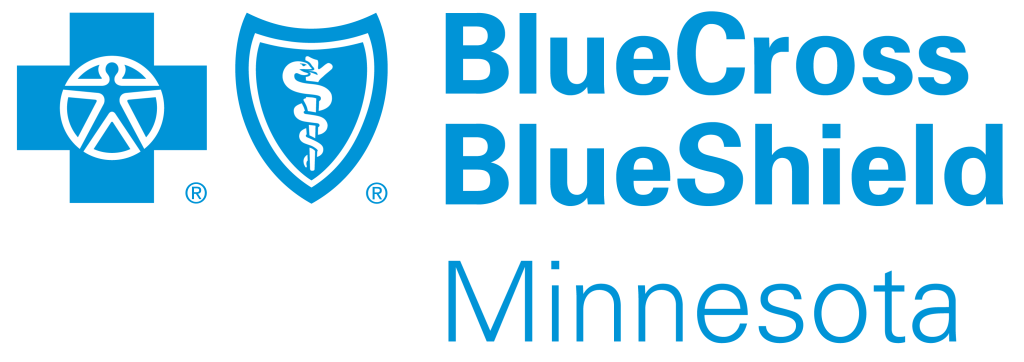SUE FAUTSCH was 60 in the winter of 2015 when a routine mammogram appointment returned an unusual result.
She was working full-time as a grants administrator at the University of Minnesota, enjoying life as an empty nester with her husband in Coon Rapids, and not thinking she had any health issues to be concerned about.
“It was just a normal, routine checkup—nothing different,” Fautsch recalls. “And you’ll usually get a postcard in the mail saying everything is fine if you don’t hear from us. But I didn’t get the postcard—I got a phone call that said we’ve seen something suspicious; we want to do some further tests.”
After a biopsy, Fautsch was diagnosed with early-stage breast cancer, localized in a diffuse area on her left side that was undetectable by touch. The diagnosis led to a months-long-journey through chemotherapy, mastectomy surgery, and reconstructive surgery. Now cancer free, Fautsch is an ambassador for preventive screenings.
“I have no family history, no high risk factors for breast cancer,” she says. “I just had my annual mammogram every year, faithfully, like you’re supposed to.”
Breast cancer is the most common cancer in women, regardless of race or ethnicity, according to the U.S. Centers for Disease Control and Prevention. About one in eight women will develop invasive breast cancer in their lifetime and in 2019 alone, the American Cancer Society (ACS) estimates that 268,000 new breast cancer cases will be diagnosed in women in the U.S. But breast cancer is treatable, especially when caught early.
“With early screening, we are able to improve survival and people are less likely to die from breast cancer,” says Dr. Anne Blaes, hematologist, oncologist and director of cancer survivorship services and translational research for the University of Minnesota’s Masonic Cancer Center.
Blaes, also Fautsch’s doctor, says even for women with metastatic cancer—cancer that has spread and is not curable—newer treatments are allowing patients to live for many years.
“And that is with a very high quality of life,” Blaes says. “Many of them are walking around the grocery store—you would never know they have cancer.”
KNOW YOUR RISK
Some breast cancer risk factors are beyond your control. Most notably, though men can develop the disease, it is 100 times more common in women, according to the ACS.
Beyond that, getting older is the single- biggest predictor of breast cancer, Blaes says, with most diagnoses occurring in women age 55 and older. Family history can also be a risk factor, when two immediate family members have had breast cancer, especially at an early age. A family history of ovarian cancer can also be a risk.
Most hereditary breast cancer comes from mutated genes, the most common of which are BRCA1 and BRCA2. Testing for gene mutations is available, but the process should be discussed with your doctor or a genetic counselor. Two preventive medications—Tamoxifen and Raloxifene—are sometimes used for individuals at high risk for breast cancer based on family history. It should also be noted, though, that about eight out of 10 women with breast cancer have no family history of the disease.
Other risk factors can be managed. Consuming more than one alcoholic beverage a day (12 ounces of beer, 5 ounces of wine, 1.5 ounces of 80-proof distilled spirits), for example, puts you at higher risk for breast cancer. So does smoking, obesity, and a lack of physical activity.
Blaes says there is also an association between cardiovascular risk factors— those that cause heart disease, such as high cholesterol—and breast cancer risk. “So typically we’d say make sure you have a primary care doctor and are addressing lifestyle, and managing your other comorbidities, too,” she says.
EARLY DETECTION
“Mammograms, far and away, are the easiest, most cost effective, best screening method that there is. Without question,” says Dr. Diane Ogren, director of breast surgery at Fairview’s HealthEast Surgery & Bariatric Care.
The goal of mammogram screenings is to find early-stage cancers that can be removed through less-invasive surgery and treatment, and to prevent cancer from spreading.
The U.S. Preventive Services Task Force recommends women between the ages of 50 and 74 receive mammograms once every two years (biennially). Mammograms are not recommended after age 75. However, Medicare does cover annual mammograms and some doctors recommend continued screening past age 75. You and your physician should decide together how frequently to screen, considering your individual risk assessment.
Generally, Ogren says, cancers you develop when you’re older are slower growing, so the older you get, the less likely that a newly diagnosed cancer is going to be fatal. And complications from surgery or other treatment at an older age could reduce quality of life more than the cancer itself.
But maintaining regular mammograms based on your physician’s recommendations is important, as treating a cancer that has gone unnoticed for years becomes more difficult. Ogren and Blaes also encourage women to be aware of their bodies. Don’t ignore a lump or irregularity—get it checked out right away.
TREATMENT
Breast cancer treatment will vary, but is usually multi-faceted, involving a combination of surgery (lumpectomy or mastectomy), along with radiation, chemotherapy, or hormone therapy.
Ogren says there’s been a push for people with more aggressive cancers to undergo chemotherapy first, to try to shrink the tumor before surgery. Though conversely, some recent studies have evaluated genetic factors to see who benefits most from chemotherapy, only using it when there’s a good chance of it working.
Surgery has also evolved. For example, whereas decades ago it was common to remove all lymph nodes from under the arm, Ogren says, with sentinel lymph node biopsy, the number of lymph nodes removed is now usually very limited.
And immunotherapy medications, such as Herceptin, Perjeta and Kadcyla, are showing promise in helping women with more advanced breast cancer live longer. So is precision medicine that addresses genomic factors in the tumor.
SPREADING THE WORD
Without the mammogram five years ago, Blaes says, Fautsch’s cancer likely would have gone undetected until it required a more aggressive chemotherapy regimen and the potential for other complications.
“And she would have been at much higher risk for developing metastatic disease, which is incurable,” Blaes says. “Where instead, she’s cured.”
Other than a daily Exemestane pill—used to treat breast cancer in women who have gone through menopause—and mammograms every year, Fautsch is back to normal life. She credits her husband, friends and family for providing a strong support network throughout her recovery.
Now 65, retired, and enjoying traveling with her husband and playing with her young granddaughter, she says she’s glad she stayed on top of her screenings. She encourages others to do the same.
“It’s one of those things—you never think it’s going to happen to you,” Fautsch says. “But then it does. And for me, I just thought, OK, I got this, let’s deal with it, let’s get through it, and move on. But without the mammogram, I would never have known.”


